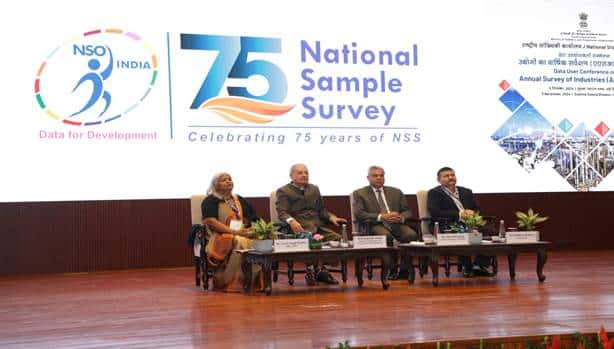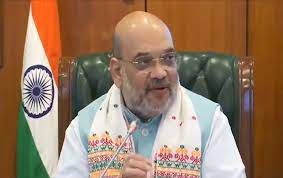Know, where is India’s semiconductor market & what it promises
India’s share in global electronic manufacturing has increased manifold. In 2014, India’s electronic manufacturing was less than 30 billion dollars, which has crossed 100 billion dollars today.
“India does not disappoint those who align their dreams with India’s abilities.” PM Modi exclaimed at SEMICON INDIA 2023.
The event showcased India’s semiconductor strategy and policy which envisions making India a global hub for semiconductor design, manufacturing and technology development.
The Government of India announced the USD 10 billion Semicon India Programme with the aim of developing the Semiconductors and Display manufacturing ecosystem in India. The Semicon industry is filled with opportunities for innovation, growth & transformative breakthroughs that will shape our technological future.
Semiconductors are tiny circuits (chips) present in almost all modern electronic devices used across the globe. With the advent of smartphones, social media & OTT, the demand for these tiny chips has increased. These circuits serve as essential building blocks in an array of technologies such as computers, laptops, smartphones, automobiles, aircraft, military systems & other electrical appliances.
India, a large consumer of electronics, is importing almost all its semiconductor needs, amounting to $24 billion a year. Massive supply disruption during the pandemic and the emergence of virulent geopolitical tensions across the world, has also forced India to seek self-reliance for accessing this precious commodity.
According to the Semiconductor Industry Association, global semiconductor sales reached $574 billion in 2022 and the size of the Indian semiconductor market is small when compared with the global market. This is attributed to the fact that India has been entirely dependent on the world for its semiconductor requirements. China, Taiwan, Vietnam and Korea are the major suppliers of semiconductors to India. The demand for such semiconductor circuits (chips) has been intensifying over the years with the demand for electronic devices.
The Government of India’s goal is to make India a significant Electronic System Design and Manufacturing hub in the Global Value chain for Electronics as part of its Atmanirbhar Bharat Economic policies. According to a report by Deloitte, the Indian Semiconductor market will reach USD 55 Billion by 2026 with over 60 percent market driven by three industries: smartphones and wearables, automotive components, and computing and data storage.
MoS Rajeev Chandrasekhar mentioned, “We can achieve in the coming Techade what some neighboring nations took 30 years & USD 200 billion and still failed to achieve”.
Realizing Make in India Dream
India’s share in global electronic manufacturing has increased manifold. In 2014, India’s electronic manufacturing was less than 30 billion dollars, which has crossed 100 billion dollars today. The export of electronics and mobile devices has doubled in the last 2 years.
There were only two mobile manufacturing units in India before 2014, whereas today, this number has gone beyond 200. The number of broadband users in the country increased from 6 crores to 80 crores while the number of internet connections rose from 25 crores to more than 85 crores today. These statistics signify India’s progress and are also an indicator of growing businesses in the country.
India’s dream of “Techade” will be fulfilled on the strength of its innovators. Domestic patent filings have outscored the country’s foreign patent filings. India’s rank in patent filing is seventh globally, while it is fifth in trademark registration. India’s patent registration has risen by 50 percent in the last five years, its ranking in the global innovation index has surged to 40 from below 80 in 2015.
Some of the initiatives taken by the Government of India for making India Semiconductor Manufacturing Hub:
– Scheme for setting up of Semiconductor Fabs in India
– Scheme for setting up of Display Fabs in India
– Scheme for setting up of Compound Semiconductors / Silicon Photonics / Sensors Fab and Semiconductor Assembly, Testing, Marking and Packaging (ATMP) / OSAT facilities in India
– Design Linked Incentive (DLI) Scheme
The Programme has made India Semiconductor Mission (ISM) the nodal agency which is also likely to inspire confidence in investors. For supporting and encouraging the manufacturing units, the Government is also taking initiatives like-
PLI schemes for large scale electronics manufacturing launched by MeitY in FY 2020, have been extended from the existing five-year band (FY21-FY25) to six-year (FY21-FY26).
With these continuous reforms & initiatives in the industry, there have been significant investments in the Indian Semicon Industry. As the Prime Minister said at SEMICON2023 that “India is ticking every checkbox to become a good energy conductor for the semiconductor industry.”









